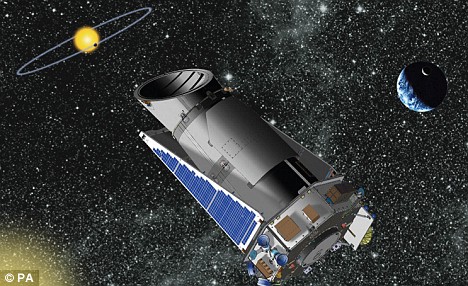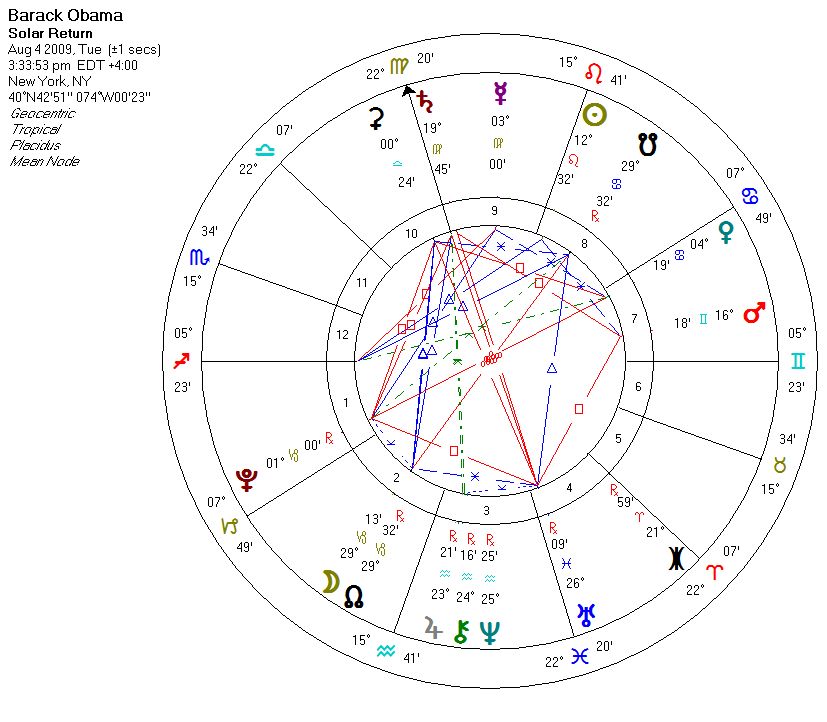
The orbiting Kepler telescope has spotted a Jupiter-sized planet around another star — a sighting that demonstrates it can see Earth-like planets if they are out there, scientists reported on Thursday.
The planet, called HAT-P-7b, was already among the 300 or so known so-called extrasolar planets, the team led by the U.S. space agency NASA reported. But measurements of its orbit by Kepler show the telescope will be able to see smaller planets, they reported in the journal Science.
“Kepler is operating at the level required to detect Earth-size planets,” the team, led by William Borucki of the NASA Ames Research Center in Moffett Field, California, reported.
In the conversation with Steven Forrest that I taped for last week’s radio show I asked him his thoughts on adding new planets to the astrological repertoire. Steven’s philosophy is “as above, so below,” the principle on which astrologers usually rely in explaining how astrology works, applies to most things in the sky. Asteroids, Chiron (a sort of permanent comet), other bodies in the Kuiper Belt, all of these planetary bodies belong to our solar system and have some astrological effect for humans on planet Earth.
It seems to me, though, that astrology was given to us as a tool to observe planets in OUR solar system. Once we begin talking about planets outside of our solar system I would make the assumption that there would be no astrological effect on Earth.
Eris, Sedna, and Quaoar are all “trans-Neptunians,” meaning they are located past Neptune but still within our solar system. I have just started incorporating Eris into client charts, and some astrologers are looking at Sedna and Quaoar. There are quite a few other trans-Neptunian bodies that are used by some astrologers, particularly those that call themselves “Uranian” astrologers.
Still – all of these are bodies within our solar system that are subject to the gravitational pull of our Sun. With the rapidly accelerating progress of space exploration there are hundreds or maybe thousands of new planets ready to be discovered. But does that mean they should all be incorporated into the birthchart? In my view, it’s that gravitational pull to the Sun that defines whether or not a body in space has an astrological effect. The Sun is to the Solar System as the heart is to the human being, and it’s that parallel that for me excludes any new exo-planet currently discovered.

